The song La Colegiala by Rodolfo y Su Tipica probably doesn’t ring any bells, or maybe it rings out like a distant memory…but, if you think of Nescafé’s 1981 TV commercial there’s no way you could have forgotten it…I would even bet that you could at least hum the chorus if you heard it! Not only does this song inspire dancing, but the visuals, of an impressive train rolling smoothly through coffee plantations in the breathtaking countryside, inspires a dangerous desire to run off on an adventure through Latin America! As I’m sure is true for many Canadians, I associate Nescafé coffee with this song and the Colombian countryside, this is enhanced possibly because of their primary two collections: Rich Colombian and Pure Arabica!
One of the Best Coffees in the World
Arabica, Castillo, Captura, do these names make your mouth water? How is it possible to produce such high-quality coffee? The answer lies between 1,200 meters and 1,800 meters in altitude, nestled between majestic mountains in the central ranges of the Cordillera de los Andes. This is where you will find one of the best coffees in the world. The lush green panoramas, sprinkled with coffee crops discernable by the tell-tale tidy rows of green bushes on the mountainside, and added to with the rows of sugar cane and banana trees. UNESCO even declared this cultural landscape a world heritage site in 2011 because of its glorious diversity.
Eje Cafetero, also known as the Colombian Coffee Belt, refers to a triangular area made up of three departments: Caldas (Manizales), Quindío (Armenia) and Risaralda (Pereira). Did you know that Colombia is third in coffee production in the world, and is responsible for 10% of total global coffee production?
The volcanic soil gives the beans their distinctive taste that is renowned for its robustness, pronounced flavour, and the diversity of its aromas.
For example, in just the Quindío, there is a multitude of small farms, 500 of which are family owned. These plantations are usually about four hectares per farmer but, of course, there are larger ones. Because of the favourable weather conditions, coffee can be grown all year in Colombia, and can be harvested twice a year; one large harvest in October, and a smaller one in May.
It is worth mentioning that associations of women growers have emerged to combine efforts and cooperate in an otherwise male-dominated industry.
The Juan Valdez Coffee Cult
Coffee lovers, you are probably familiar with the Juan Valdez trademark, but did you know it originally represented the Paisa culture that dates back to the 16th century when pioneers settled in the Antioquia region (near Medellín) and in the Quindío region? These people have continued to live in this region for generations, and they are the ones who thought to plant coffee there, effectively founding their very own coffee culture. Juan Valdez today, has grown into a multinational coffeehouse chain.
Staying at an Organic Finca
Unfortunately, many fincas (farms) were turned back into residential homes in the ’80s and ’90s when the Colombian coffee industry suffered a financial crisis. However, their primary function of growing coffee was preserved. Spending time at a finca allows you to feel the ambiance and harmony of the coffee growers in the region.
If you travel through this region and stay at a finca you can seize the opportunity to get to know the local producers and chat to them about the ups and downs of farming coffee. You will learn how their entire way of life depends on this little bean, and also find out just how much goes into getting a little coffee plant all the way into your cup; with planting, picking the cherries off the bushes, harvesting (everything is often done by hand on a finca: from pressing the hull to sun drying the beans), roasting, and finally tasting before sending them off into the world.
The owners of many organic fincas try to use traditional techniques throughout the entire production cycle, which are generally very environmentally friendly. They are committed to preserving all the natural elements that make it possible for them to continue to grow such excellent coffee.

Sombrero Vueltiaos
In Salento and in other places, there are now a large number of traditional hat shops. These traditional hats are made of Gynerium Sagittatum, known locally as caña flecha (a type of indigenous palm), and they are woven by people from the Pacific coast. These sombreros vueltiaos (‘turned hand’ in Spanish) fold easily and can be rolled up so they can be kept in a backpack or even in the back pocket of a pair of pants. The more flexible the hat is, the higher quality it is.
During the pre-Hispanic era, indigenous people used these hats as protection from the sun while harvesting corn, and also believed that it exerted some power over the wearer’s fertility. It is also traditionally worn by cumbia dancers and vallenato musicians.
To this day it is indispensable to coffee pickers and is an important symbol of Colombia.

The Coffee Region from the Traveller’s Point of View
Pereira
Pereira is a big city through which tons of burlap sacks filled with coffee are transported every day.
Filandia
Filandia is a little village with old-world charm; a touristic lure all on its own. The main square hasn’t changed in decades. Taking a coffee break in one of the many restaurants there will allow you to take in the long stretches of brightly coloured houses.
Salento
Salento is surrounded by coffee plantations and bordered by snow-capped mountains in the distance. This picturesque town boasts a number of beautiful traditional houses with rainbow-coloured facades and balconies and is punctuated with narrow streets. What a gem!
Cocora Valley
Located in the majestic Los Navados national park, this lush valley offers vast landscapes with breathtaking colourful contrasts. Considered a sanctuary, the park is dotted with the country’s national symbol: the giant wax palm (ceroxylon quindiuense or cocora), whose trunks seem to reach endlessly into the sky. Protected as national heritage sites, some of these plants can reach up to 65 metres in height! Many endemic species also depend on the survival of these trees to live themselves. The natural paradise that is the Cocora Valley is definitely a must-see and is also a great place for hitting the trails either on foot or on horseback.
Tourism in Colombia Today
Beautiful Colombia has changed in the recent years; contrary to what many people think, it is way safer than it used to be. It would be a bit of a shame to limit yourself to a beach holiday on the islands of San Andres or Providencia, classic tourist destinations, and miss what the interior of the country has to offer!
I treated myself to the exploration of the Caribbean coast region (Cartagena, Mucura Island, Santa Marta, Tayrona National Park, Finca Barlovento) as well as the interior coffee region.
Would you like to discover the coffees of Colombia? Try Nero, the most intense of our collection of filter coffees, or try our decaffeinated coffee, available in our filter coffee and espresso collections.
Ariane Arpin-Delorme
Ariane is the author of six books, a travel writer, a travel consultant, a college lecturer in Tourism, and a speaker at many conferences on the subject. Ariane is passionate about all of her endeavours. Having travelled to over 80 different countries, she has accumulated a wealth of experience in the tourism industry: hotel management, tour guiding, charity event planning, tourism, marketing, promotion, travel planning, and teaching. She founded the Parfum d’Asie travel agency a few years ago and then Esprit d’Aventure in 2013, through which she continues to work as a travel agent and consultant upon request. She particularly enjoys hiking, biking, scuba diving, and sailing.
To get inspired to visit Colombia here are a few ideas for customized itineraries that Esprit d’Aventure would be happy to personalize for you!

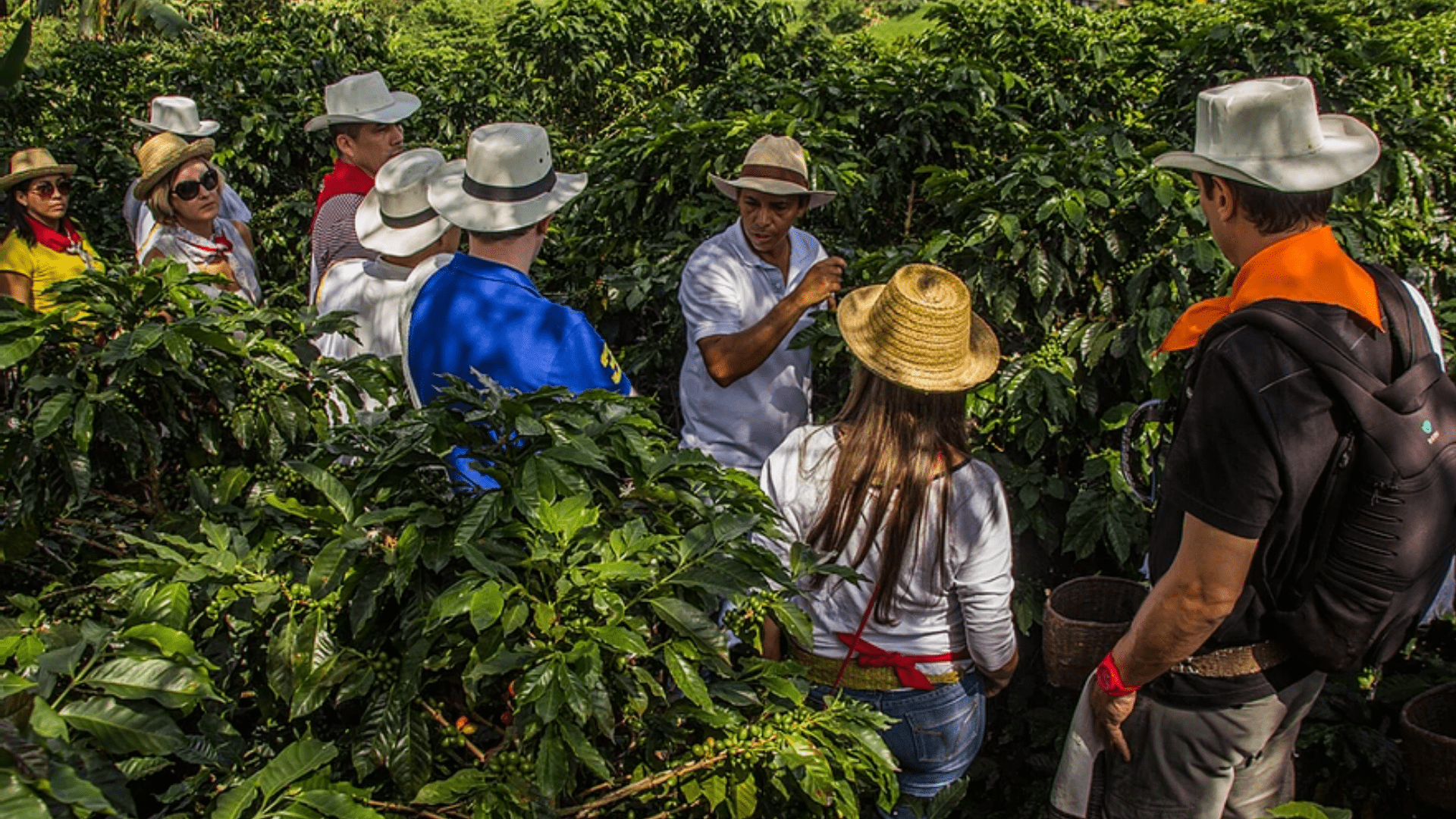
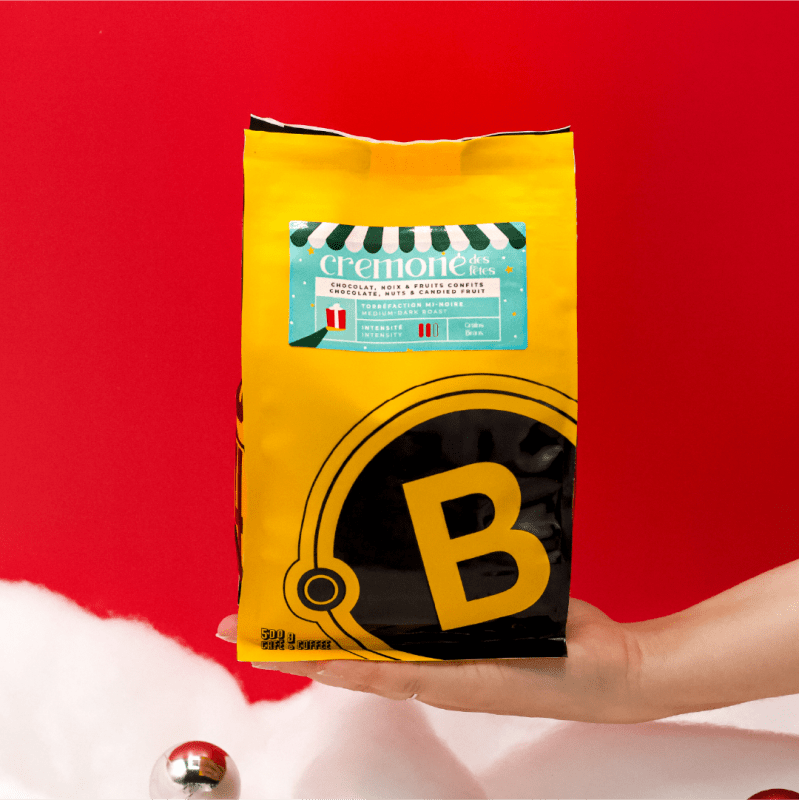
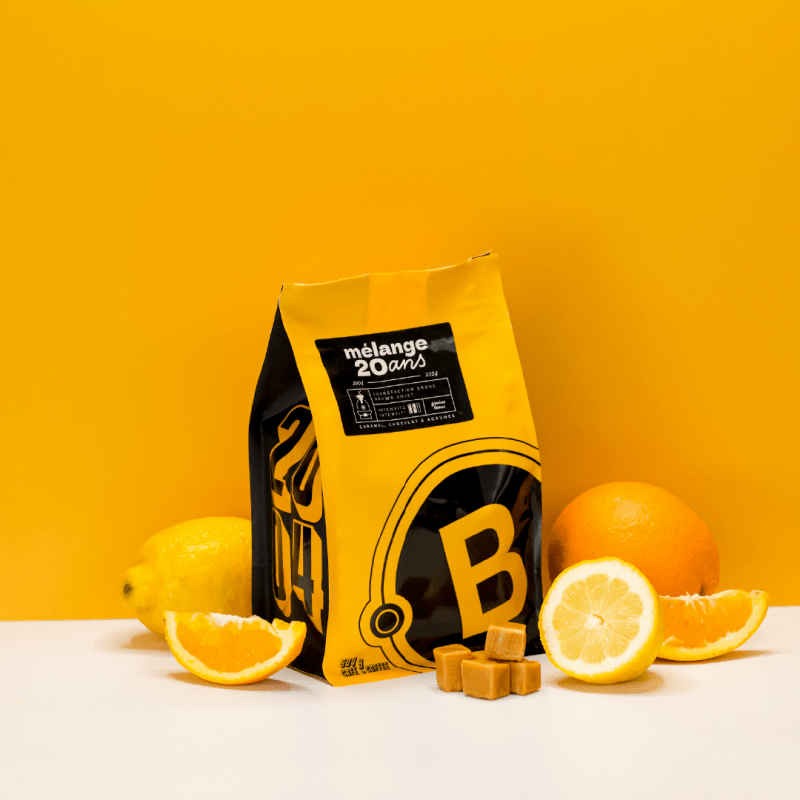


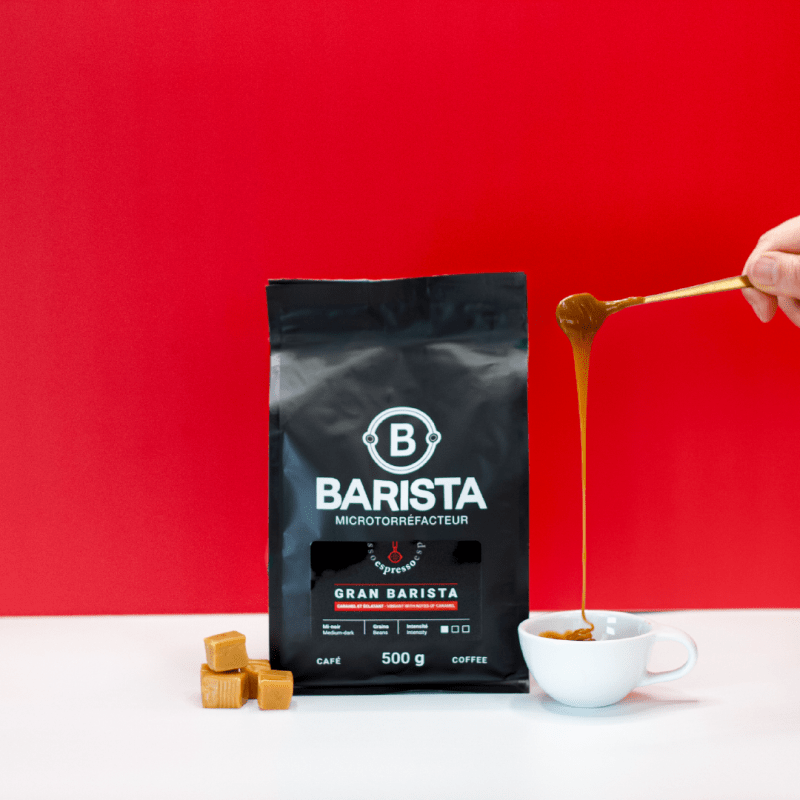

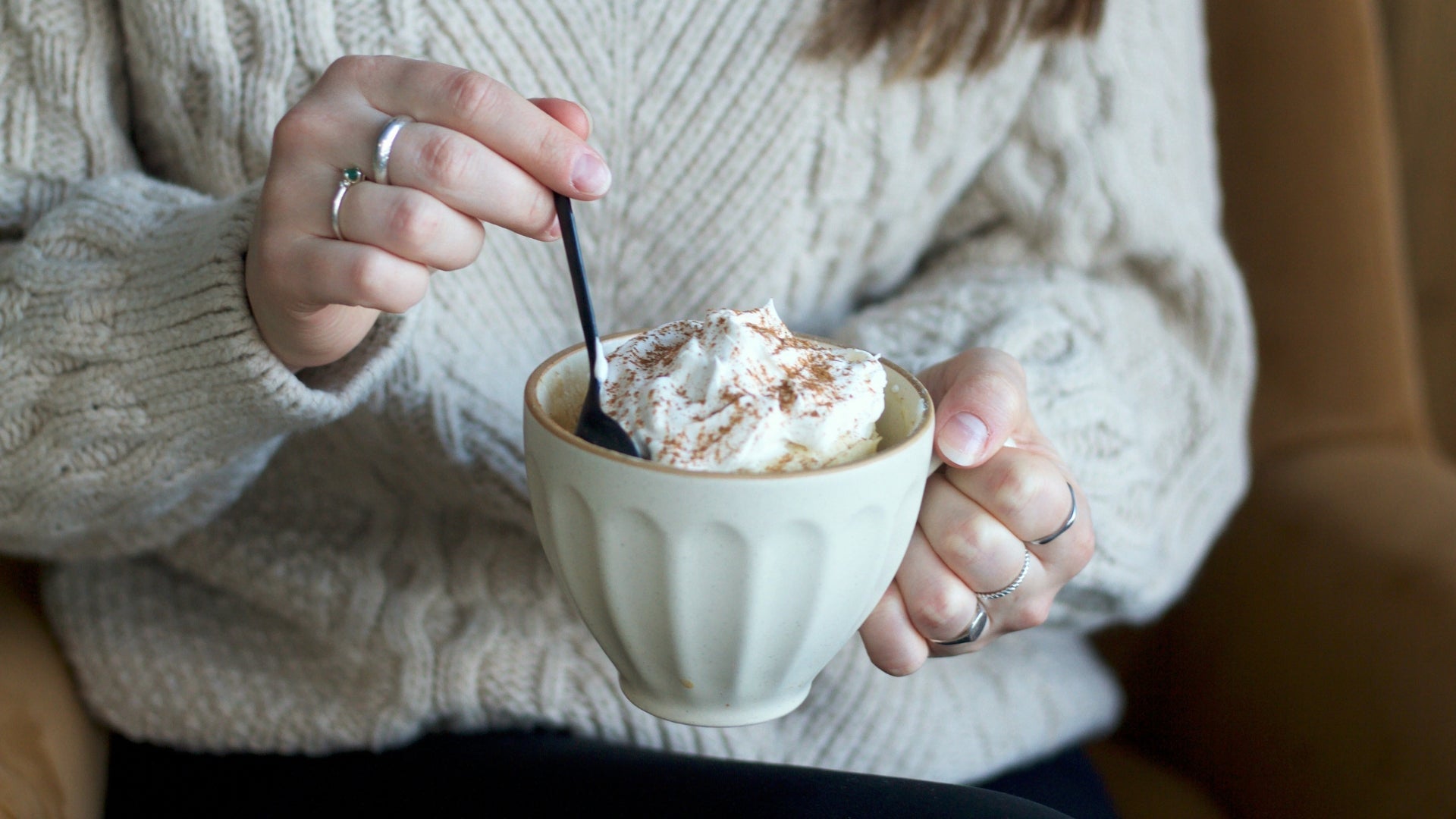


Share:
Barista’s Boutique Café
Recette de cold brew horchata